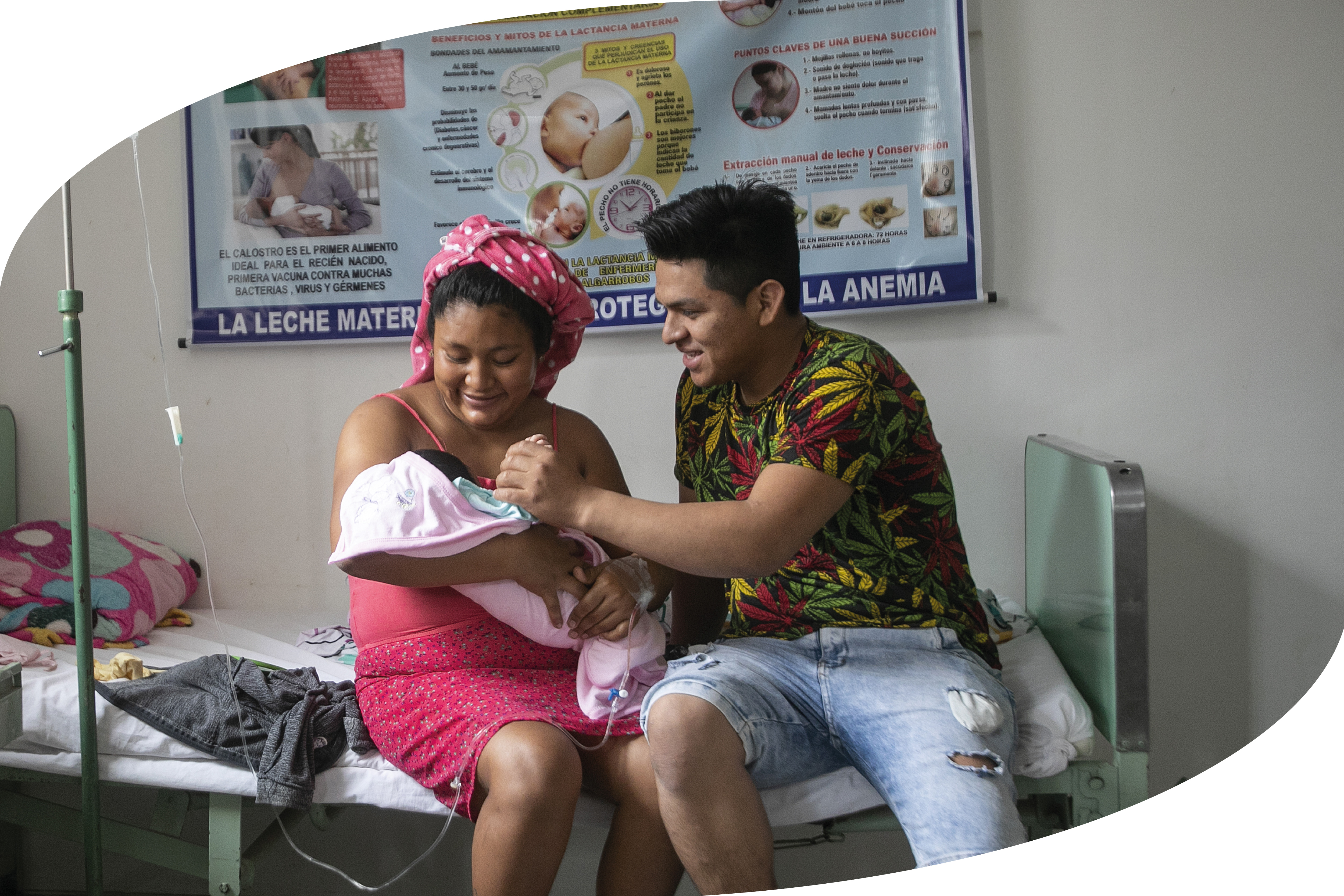Expected outcome 2: National legal, policy, and accountability frameworks strengthened to achieve universal access to high-quality maternal health services for women, adolescents, and young girls, especially those from the most disadvantaged populations and territories in humanitarian and development settings.
The progress made in reducing maternal mortality in the country in recent decades was strongly affected by the COVID-19 pandemic. The 493 maternal deaths in 2021 represent a setback of more than 10 years, which has a disproportionate impact on the most disadvantaged territories and populations.
However, in the year 2022, a significant decrease in registrations has been achieved, a new historic low value, with 291 maternal deaths identified (40% less in one year). This achievement, which attests to the resilience of the system and the health personnel. Expressed as Maternal Mortality Ratio, we would probably be at the same level as in 2019, but we should not lose sight of the fact that by 2030 the national target for a decrease in this indicator is 33 per 100,000 live births, half the current level. So far in 2023, the situation could become more complicated given the rains and floods that affect some of the departments that usually report higher maternal deaths. The priority is to ensure the continuity of services.
The proportion of institutional deliveries decreased to 93.2% in 2021, compared to 94.3% in 2020. The preponderance of deaths in health facilities, in the immediate postpartum period, reveals the need to strengthen the capacity and quality of care of health facilities, and especially the identification of risks and timely treatment of obstetric emergencies. It also calls for the urgency of building resilience to preserve maternal health in emergency and humanitarian settings.
In this sense, UNFPA is committed to supporting the country to ensure universal access to quality maternal health services, emphasizing the most disadvantaged populations in terms of territory, age group, ethnic group, income level, education level, disability status, and immigration status.

1.Strengthen maternal health interventions based on evidence in the universal health coverage package, as well as improve funding and the quality of maternal health spending. |
4.Build capacities in the Ministry of Health and community organizations to increase the informed demand for maternal health care services by women and adolescent girls, especially those from the most disadvantaged groups, using new technologies and adopting human rights and intercultural approaches. |
2.Design an evidence-based national plan to address preventable maternal mortality, update policies and regulations, and build capacities to deliver emergency obstetric care services according to international standards. |
5.Build capacities in the Ministry of Health and subnational governments to improve the resilience and adaptation of the health system to the risks of disasters, effects of climate change, and humanitarian crises. |
3.Build capacities in the Ministry of Health and subnational institutions to improve the problem-solving skills of health facilities with obstetric and neonatal services, taking into account the need to ensure universal access in the country. |
|

Number of updated policies, plans, legal frameworks, and accountability mechanisms on maternal health in line with international standards and with a leave no one behind approach, supported by UNFPA.
Baseline: 0 - Goal: 5
5 updated maternal health policies, plans, legal frameworks or accountability mechanisms in line with international standards and with a leave-no-one-behind approach, supported by UNFPA.
Percentage of the population covered by a healthcare facility with obstetric and neonatal emergency services within a two-hour travel distance.
Baseline: 50% - Goal: 75%
75% of the population covered by a health facility with obstetric and neonatal emergency functions, within a two-hour travel distance.
Number of budgeted national and subnational plans on emergency readiness and response, disaster risk management, and climate change that include sexual and reproductive health, as well as reproductive rights.
Baseline: 0 - Goal: 5
5 budgeted emergency readiness and response, disaster risk management, and climate change that include sexual and reproductive health, as well as reproductive rights.




